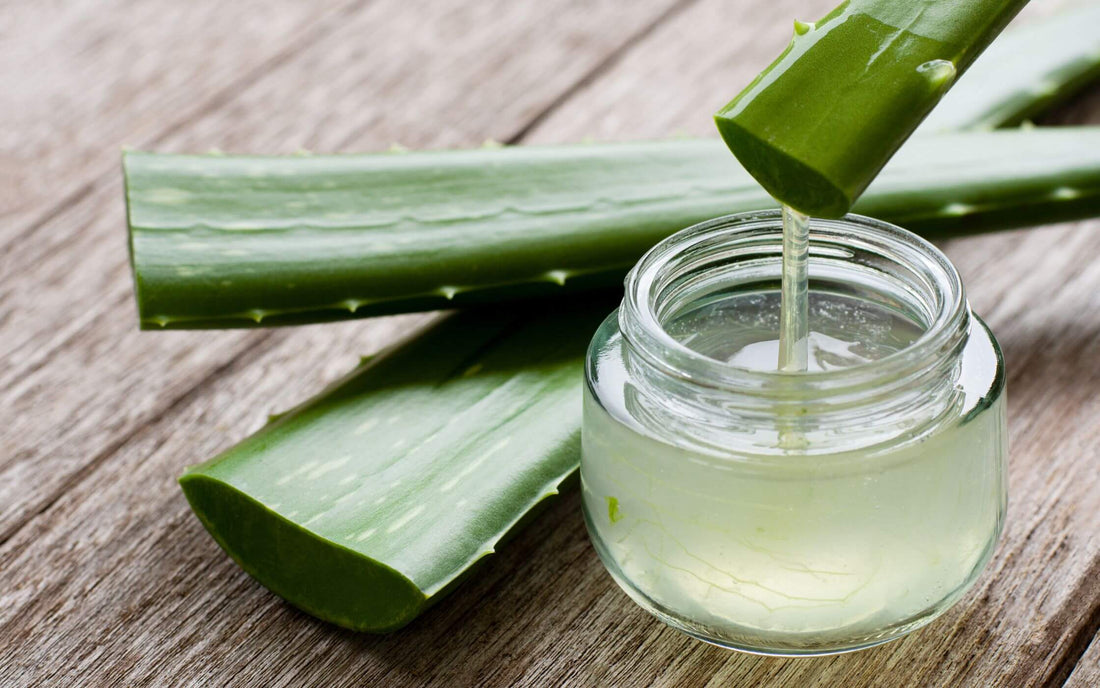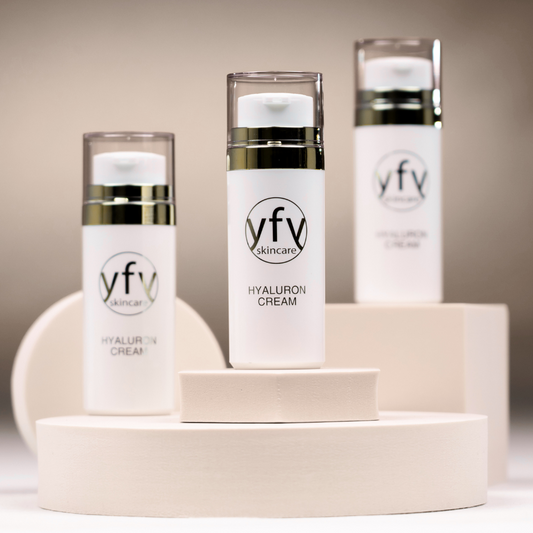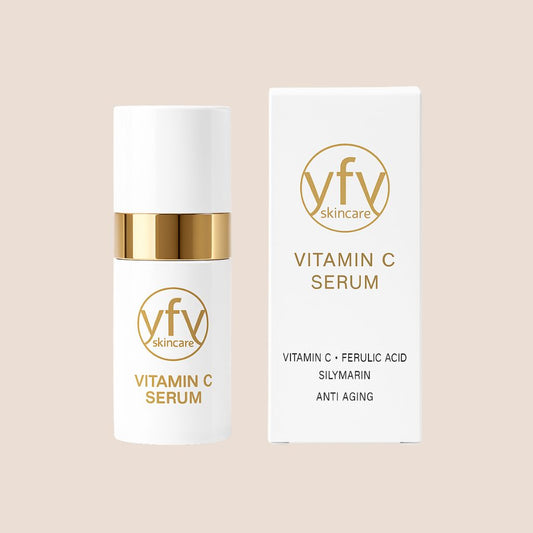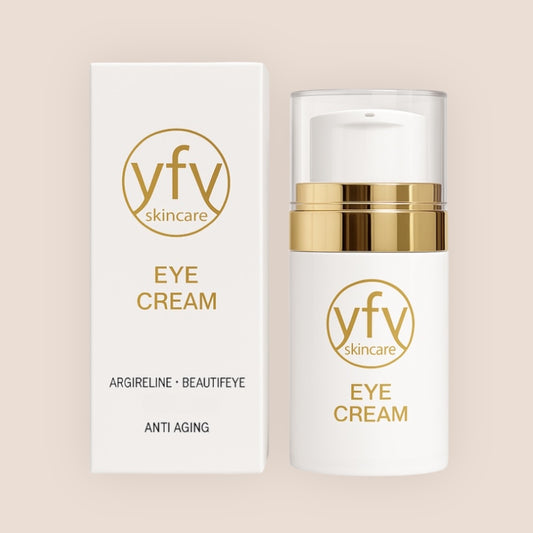
Aloe Vera in cosmetics - the all-rounder?
shares
Aloe Vera
Aloe vera is not considered a plant of beauty and health for nothing. It has moisture-binding abilities and has numerous beneficial effects due to the rich nutrients. It has an anti-inflammatory, antispasmodic and pain-relieving effect and is suitable for external and internal use.Out of more than five hundred different types of aloe, only real aloe is suitable for cosmetic treatment . As an effective anti-aging agent, the active ingredient is contained in many beauty products and enriches cosmetics and alternative medicine. The medicinal plant is one of the oldest in the world and is also called desert lily because of its cactus-like nature.
The aloe vera plant: vegetative characteristics and origin
Visually, the aloe vera plant is reminiscent of cacti and has thick fleshy leaves with thorns. It belongs to the genus of the lily family and from the plant type to the succulents. In the assignment, the "vera" stands for truth and thus distinguishes the real aloe from the other species. Aloe Vera is one of the oldest medicinal plants in the world, originally from the Arabian Peninsula and now growing throughout the Mediterranean region, in Mexico and India.
The fleshy leaves with their smooth surface have a gel-like structure inside, which enables them to store a lot of water. Even dry areas are no problem and the plant can survive without rain for a long time and then shrinks slightly until the first raindrops cause a puffing up effect again. The slightly bitter gel contained in the plant provides protection and seals minor cracks and cuts. The gel also has the same effect on human skin. It is obtained from the water storage tissue and contains a variety of important nutrients. The leaf juice also has a pharmaceutical effect and is obtained by squeezing, evaporating and drying, whereby it also escapes automatically after the leaves have been cut off. In cosmetics, the medicinal plant is offered in gels, creams, ointments, capsules, powder and juices.
What is the effect of aloe vera?
In the meantime, more than two hundred ingredients have been found in the aloe vera plant, which result in an excellent combination of active ingredients. These include mono- and polysaccharides, which are immune-stimulating, digestive and antibacterial, important vitamins such as vitamins B, C and E, as well as biotin, panthenol, folic acid and minerals such as selenium, zinc, copper, magnesium and potassium. It also contains acemannan as a long-chain sugar molecule that strengthens the white blood cells and the immune system, deacidifies the intestines and allows better absorption of vital substances. Other components are amino acids and enzymes. The former act as an energy source and support healing processes and muscle building, stimulate collagen formation and give the skin more elasticity, while enzymes have an antioxidant effect and fight free radicals. Secondary plant substances and essential oils are also included, making the aloe vera plant a true all-rounder. The gel can be used externally and internally, has an alkaline effect and supports the acid-base balance.
How does aloe vera affect the skin?
The gel of the aloe vera plant has a cooling, soothing and regenerating effect on the skin. As an active ingredient, it supplies the skin with nutrient-rich moisture and is used as an anti-aging agent as well as for therapeutic purposes. It is used for skin irritations, blemishes or sunburn and accelerates the healing process in wound healing. It helps against itching, redness, burns and insect bites, stimulates collagen formation and improves the skin's elasticity and wrinkles. It strengthens the skin barrier and is also suitable for oily facial skin due to its composition. The gel is easy to apply, absorbs quickly and lasts all day long. As a preparation, the aloe vera gel is also available as a make-up, peeling, face mask or sunscreen. Products with a natural complex of active ingredients are excellent, as the natural remedy unfolds its positive effects especially in fresh form.What are the benefits of using aloe vera for the skin?
The aloe vera active ingredient has long been established in cosmetics. The anti-toxic effect provides excellent care for particularly sensitive and irritated skin, while the ingredients in the gel stimulate cell growth and thus increase the elastin and collagen content in the tissue. The rich vitamin content protects the skin and has a strengthening and constructive effect. The gel stimulates the immune system and slows down the aging process. The most important advantages for the aloe vera skin application at a glance:- stimulates the immune system
- has an anti-inflammatory and analgesic effect
- moisturizes
- is skin-smoothing and firming
- reduces wrinkles
- cools the skin during use
- promotes collagen formation
- supports wound healing
- contributes to cell renewal
- works against skin irritation and redness
- reduces pigment spots
How does aloe vera help against wrinkles?
The natural aloe vera active ingredient can be used in many ways to treat facial skin, above all to reduce wrinkles. Signs of aging are caused by stress, a reduction in collagen formation, environmental influences and genetic processes. The aloe vera gel acts as an excellent face lift and as a rejuvenating cure.By applying the cooling substance, the density of the skin improves while a smoothing effect takes place at the same time. Wrinkles and lines are minimized and the depth of wrinkles reduced. The connective tissue is strengthened and collagen formation is stimulated. Since the medicinal plant also stimulates cell regeneration, the skin receives new energy. Redness disappears and the lymph flow is activated. The tissue receives new elasticity and the complexion improves sustainably. The freshness kick is also reflected in the deep moisturizing effect and ensures a pleasant feeling on the skin.
The aloe vera treatment is always invigorating and suitable for all skin types. Dry skin is supplied with moisture, oily skin is regenerated and sensitive skin is cared for. The active ingredients unfold where they are needed, so that the treatment works in depth and the skin radiates from the inside out.



